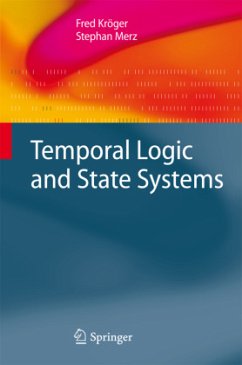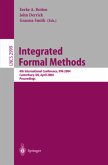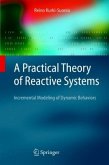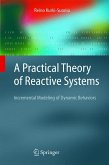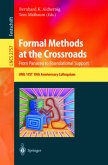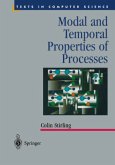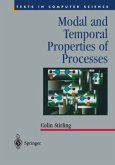Temporal logic has developed over the last 30 years into a powerful formal setting for the specification and verification of state-based systems. Based on university lectures given by the authors, this book is a comprehensive, concise, uniform, up-to-date presentation of the theory and applications of linear and branching time temporal logic; TLA (Temporal Logic of Actions); automata theoretical connections; model checking; and related theories.
All theoretical details and numerous application examples are elaborated carefully and with full formal rigor, and the book will serve as a basic source and reference for lecturers, graduate students and researchers.
All theoretical details and numerous application examples are elaborated carefully and with full formal rigor, and the book will serve as a basic source and reference for lecturers, graduate students and researchers.
From the reviews: "In the book under review, significant new materials and approaches are included, in particular, branching time logics, expressiveness issues of temporal logic, aspects related to Lamport's Temporal Logic of Actions (TLA), and model checking methods. ... The book is well written and almost self-contained. It can be useful as an introduction and reference for scientists and practicing software engineers who want to familiarize themselves with the field. The book can be used for courses at the advanced undergraduate and the graduate levels." (Regimantas PliuSkevicius, Mathematical Reviews, Issue 2009 m)

